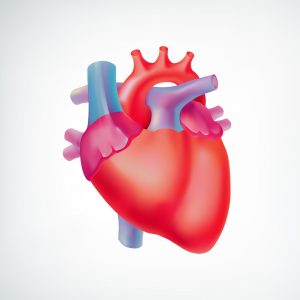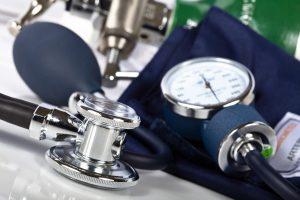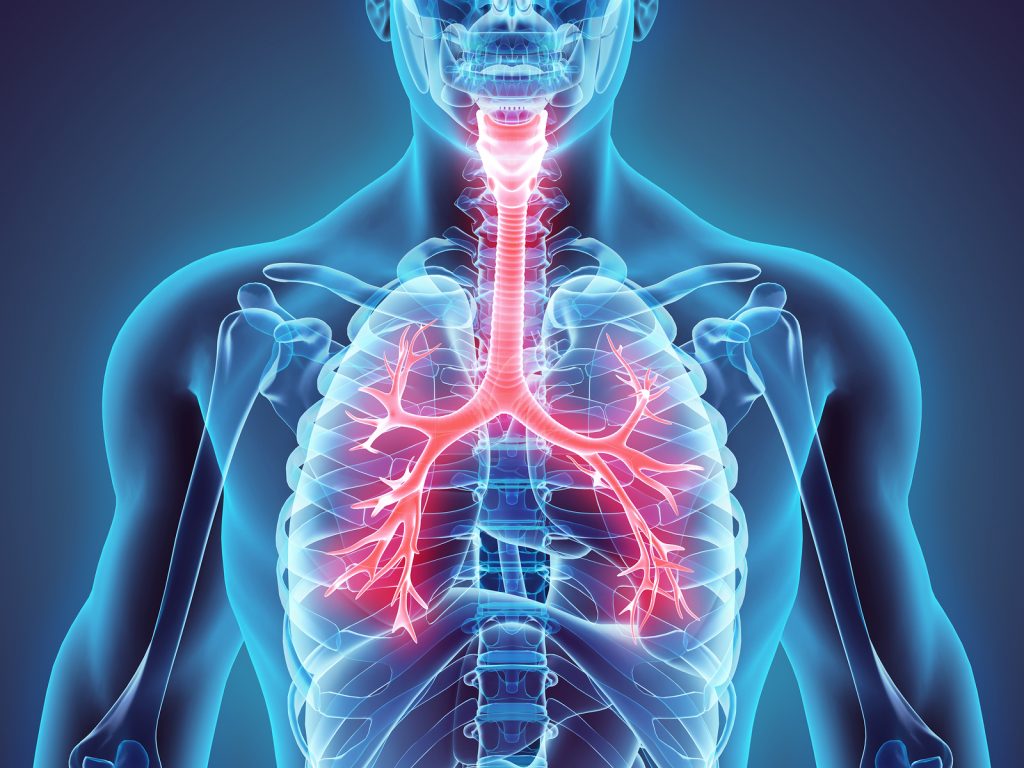Blood pressure is typically measured at the level of the humeral artery, which is to say at the level of the arm, using a measuring device called sphygmomanometer and a stethoscope. This device includes an inflatable cuff connected to a manometer. The measurement of blood pressure is a quick, easy and painless examination. It must be performed after at least 5 minutes of rest, in sitting or lying position, with a cuff whose size is adapted to the diameter of the arm. Excellent automatic devices currently exist. They allow, in the case of hypertension, to monitor blood pressure at home | Blood Pressure Monitor Calibration
The Cardio-Respiratory system
This brings oxygen, nutrients and other useful substances to all the cells of our body. It also eliminates carbon dioxide (CO2) and other waste that comes from the operation of cells.
The Respiratory System
Consisting essentially of the lungs and airways, where blood-air exchanges take place. The blood releases CO2 and water vapour and is enriched with oxygen.
The Circulatory System
This whole system can be thought of as highly branched piping, which distributes blood to every corner of our body. The piping begins with very large tubes, the arteries. These arteries then divide into increasingly fine arterioles. The blood circulates in this network thanks to a pump: the heart.
The blood returns to the heart after having flowed through the venous capillaries, the “veinlets” (small veins) and the veins.

What is blood pressure?
Arterial pressure (or tension) measures the force exerted by the blood on the walls of the arteries. Blood pressure varies depending on where it is measured. The blood pressure decreases as you move away from the heart. It is this difference in pressure that ensures the circulation of blood in the arteries. Indeed, blood, like all liquids, flows from areas of high pressure to areas of low pressure.
Normal pressure is between 120-129 / 80-84 mmHg. It is ideal when it is less than 120/80 mmHg (millimetres of mercury). Some doctors express pressure in centimetres of mercury: 128/80 then becomes for example 12.8 / 8.0.
-
-
- The systolic pressure is the highest figure: it is the pressure exerted by the blood on the walls of the arteries during the contraction of the heart (systole).
- The lowest pressure, diastolic, corresponds to the blood pressure in the arteries when the heart is at rest, between 2 contractions.
What is high blood pressure?
We talk about high blood pressure when the blood pressure is too high permanently. Too high means greater than 140 mmHg for systolic blood pressure and/or 90 mmHg for diastolic blood pressure (= 14/9). Indeed, beyond these values, it is known that the pressure prevailing in the arterial network causes some damage.
How do I know if I have high blood pressure?
Variation in blood pressure
Blood pressure varies throughout the day and from day to day in the same individual. Each heartbeat is indeed a different voltage. To these variations is added the influence of physical and intellectual activities or emotions. Thus stress, fear, noise, physical or intellectual effort … increase blood pressure transiently.
Hypertension: no (or few) symptoms
These changes in blood pressure are not felt at all. The same is true when blood pressure becomes excessive, although sometimes headaches, tinnitus, the feeling of flies flying in front of the eyes, or nosebleeds can occur. That’s why the only way to know if you are hypertensive is to regularly (have) measure your blood pressure.
Blood pressure: why repeated measures?
Since blood pressure can rise transiently and quite normally, the diagnosis of hypertension cannot be made on the basis of a single measurement. Pulmonary arterial hypertension is referred to only when values greater than or equal to 140/90 mmHg (> = 14/9) are measured on at least three occasions over an interval of several weeks.

Ambulatory Blood Pressure Monitoring (ABPM)
When an electronic blood pressure monitor is associated with a battery and a recording system, the blood pressure can be measured at regular intervals for 24 hours: this is Ambulatory Blood Pressure Monitoring. The ABPM is performed on a medical prescription to confirm the existence of hypertension when patients get stressed by the physician taking a blood pressure reading. It may also be useful in the evaluation of apparently resistant hypertension or hypotension (low blood pressure) in the patient.
Forest Medical – Blood Pressure Monitor Calibration Service
As with all medical equipment to diagnose cardiac irregularities, it is important that your unit is operating as the manufacturer intended. A slight deviance from the allowable tolerance will give a false reading and could mean receiving the wrong treatment; this applies to both digital and aneroid units.
Forest Medical specialises in Blood Pressure Monitor Calibration and can provide all the help you need to keep your monitor in good condition. This will ensure that you can continue to receive accurate results and stay well informed about your health.
If you have any concerns about your home testing equipment, send it to us, using our Return to Base option, and let us help you keep an eye on your heart health with our medical equipment testing services. Our service is fast and convenient for you, so you are not left without your vital medical equipment for extended periods of time.
-

